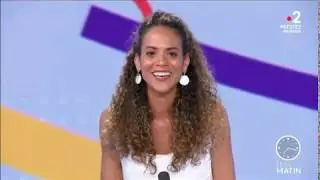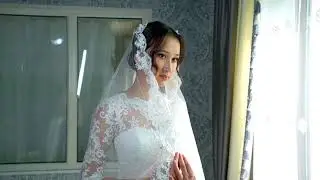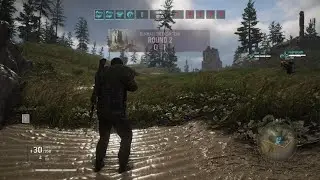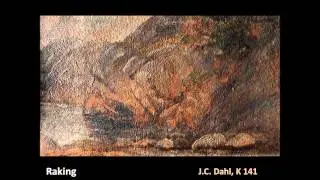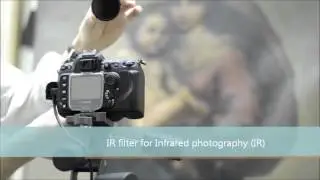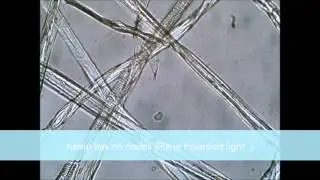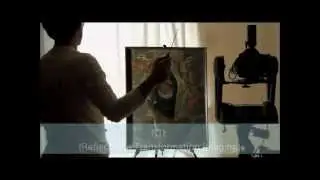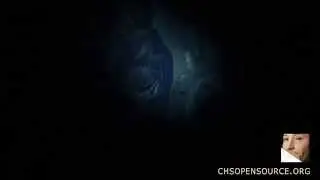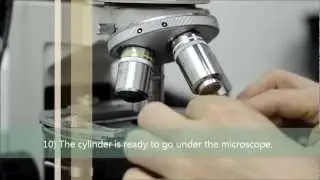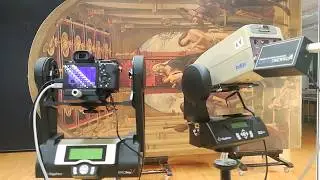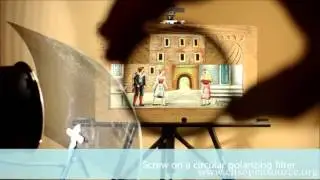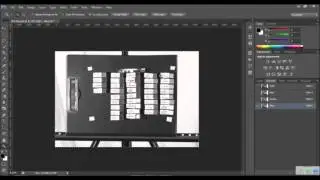ultraviolet photography filter
CHSOS just tested an interferential UV/IR cut filter for Ultraviolet Fluorescence Photography (UVF). This filter is the solution to the auto fluorescence of other UV filters [1]. It is recommended for UVF close up photography. The CHSOS filter set for art examination comprises two filters for UVF photography: XNite CC1 coupled with B+W 420. The first is transparent to the UV (360–400 nm) and it is necessary to block any infrared light that can be produced by the UV lamp or being present in the scene from other sources. If UV LEDs lamps are used such as the CR-UV Viewer or the Xenopus High flux lamp the infrared component is much less than that leaking from wood lamps.
The B+W 420, a UV cut-off filter, is necessary to stop the UV reflected from the subject. A modified full spectrum camera becomes even more sensitive to UV light and therefore UV reflected must be shielded otherwise the images will be dominated by the purple color due to UV light. So far the B+W 420 filter works fine and there would be no need to replace it. It has been used by CHSOS in a number of art examination studies [2, 3] and for the workflow method for pigments identification [4] and it works fine in the panoramic photography set up [5]. The limits of the B+W 420 filter become obvious when it is necessary to take a close up UVF image of the subject. B+W 420 has a comparable transmittance curve as the interferential UV/IR filter. The difference is that the B+W 420 is fluorescent itself under UV light. If the picture is taken from a distance and the UV lamp are at a close angle, the reflected UV light that hits the filter is a fraction of the UV fluorescence and the excited fluorescence of the filter doesn’t affect the image. On the other hand, if a close up UVF photo is taken the amount of UV hitting the filter could affect considerable the image quality.

